Roman Architecture test #2 ID's
1/18
There's no tags or description
Looks like no tags are added yet.
Name | Mastery | Learn | Test | Matching | Spaced |
|---|
No study sessions yet.
19 Terms
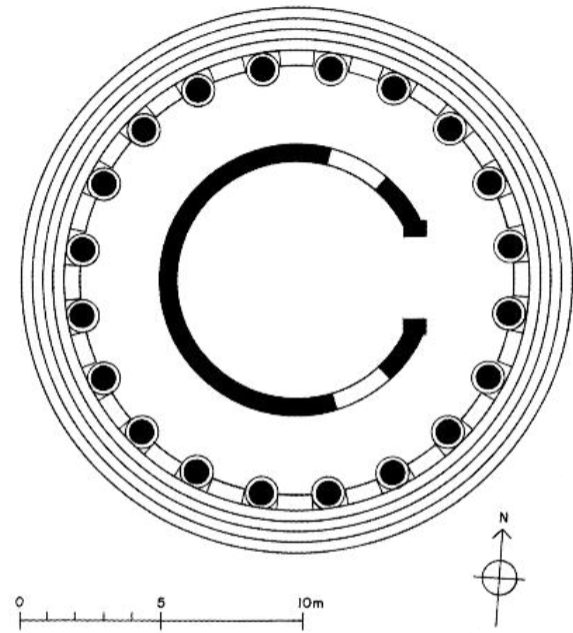
Title: Round Temple
Location: Forum Boarium, Rome
Time: ca. 100 BCE
Oldest surviving monument
All marble
Corinthian columns
A wealthy individual/ military person has a victory and dictates a building
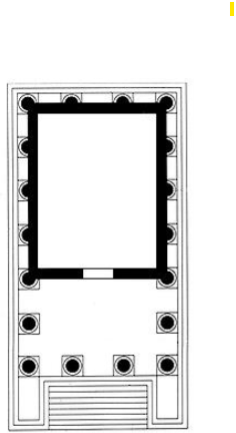
Title: Temple of Portunus
Location: Forum Boarium, Rome
Time: ca. 100 BCE
Typical construction for the time
Continuous freeze
Ionic columns
Engaged columns
Attacked to the wall
Partial parastyle
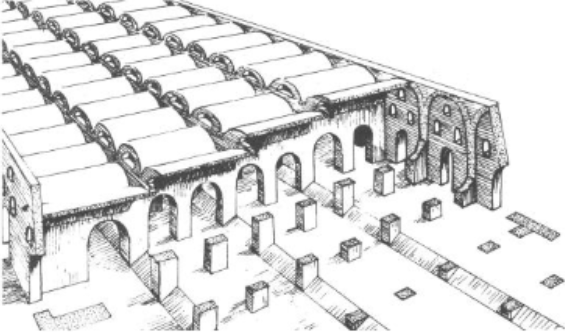
Porticus Aemilia
193 BCE
restored in 174 BCE
Didn’t survive well
Assumed for years that this was a large warehouse
found a fragment of the plan of the city of Rome there
An archeologist thinks its not called Aemillia but Navalia
this is now the more favored idea for what this building was
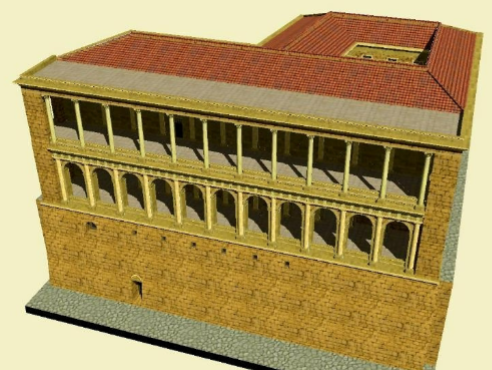
Tabularium
75 BCE
Rome
Tabula publicae
Where the public records were kept
Builder, Quintus Lutatius Catulus
The architect, Lucius Cornelius
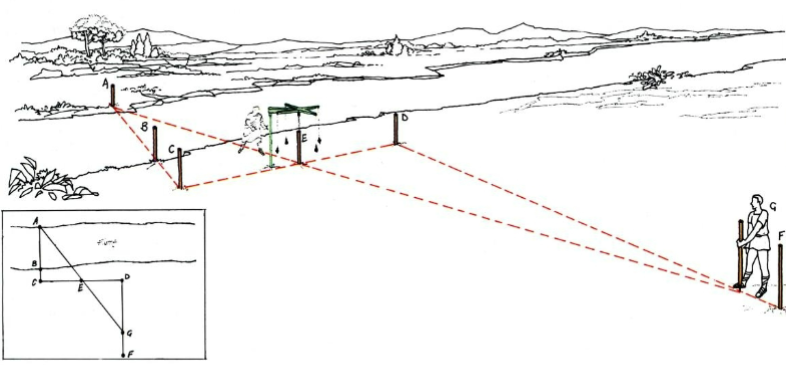
Groma and the decempeda
Used to measure distances
Land mesurments
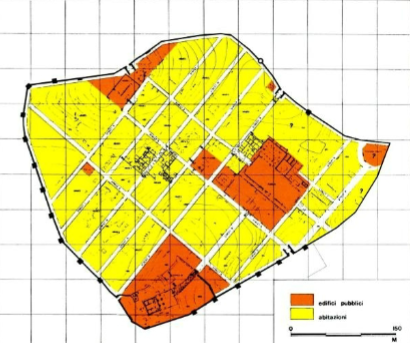
Cosa
founded in 273 BCE
Port town
for wine
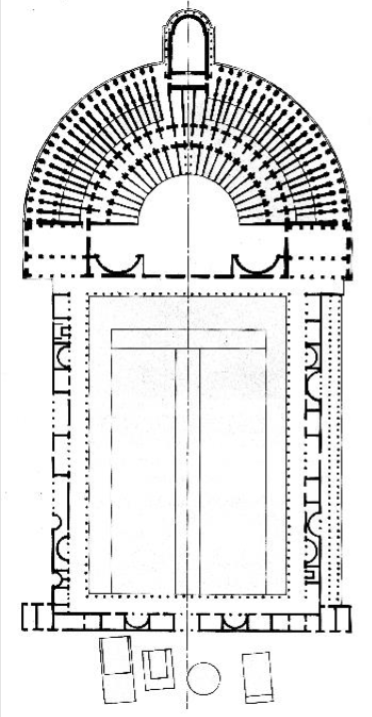
Theatre of Pompey
50 BCE
Rome
Main building Pompey built
only some sections have been preserved
it’s underneath today’s city
Build with it’s own foundation
not supported by the side of a hill which was normal for that time
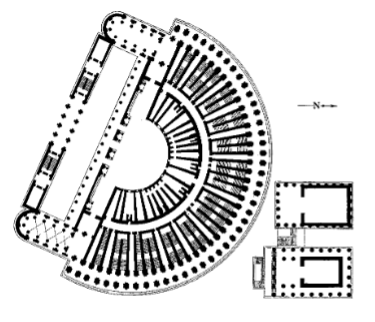
Theatre of Marcellus
dedicated 13/11 BCE
Rome
It exemplifies the transition from wooden structures to permanent stone architecture in Roman entertainment venues.
Corinthian order
Made from limestone
not polished
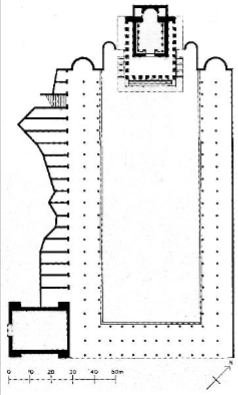
Forum of Caesar
46 BC
Rome
Caesar used his own money to build this
It was the first addition to the Roman Forum since the establishment of the original Forum
Key features
Temple of Venus Genetrix
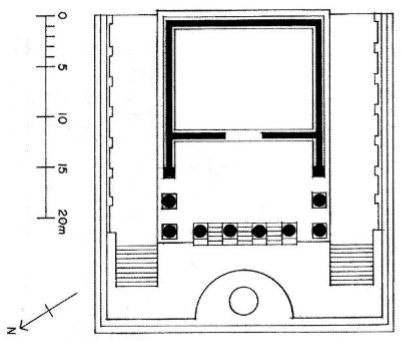
Temple of Divine Julius
dedicated 29 BCE
Rome
was built in honor of Julius Caesar following his assassination in 44 BC
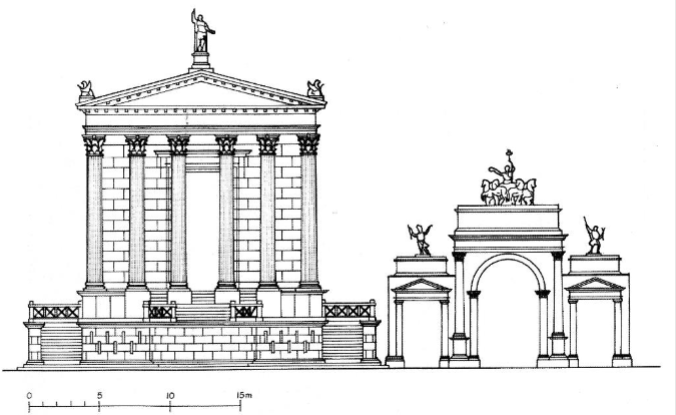
Arch of Augustus
dedicated in 29 BCE
Rome
Know the shape due to the coins from that time
Located right next to the temple of divine Julius
Needs to show everyone that he really is related to Caesar and is justified in what he's doing
Gain trust of the people so he can be the leader
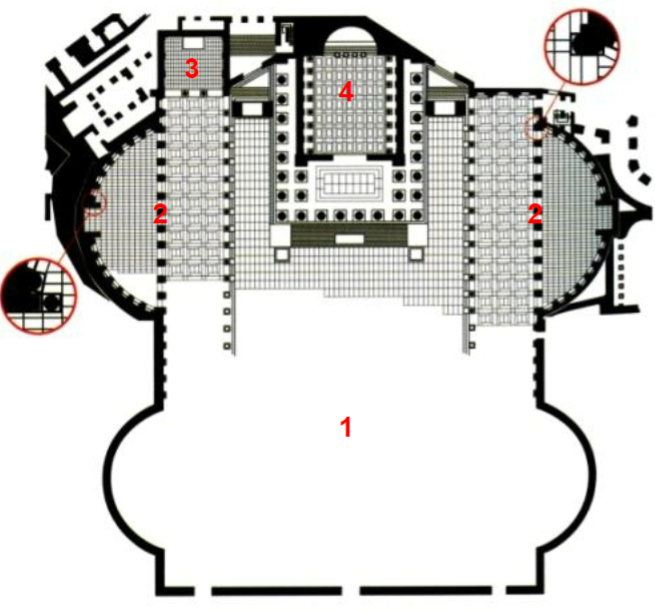
Forum of Augustus
2 BCE
Rome
Creating a civic space similar to ceaser
Used marble
Zeus Amon - Zeus connected to Egypt
On wall between columns
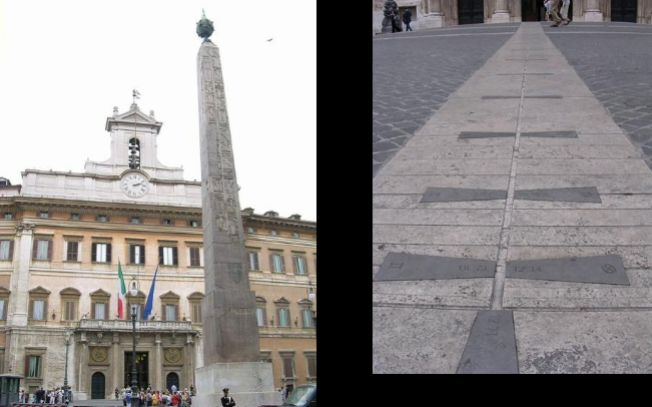
Horologium Augusti
10 BCE
Rome
Sun dial
functioned as a calendar
Part of the Mausoleum of Augustus
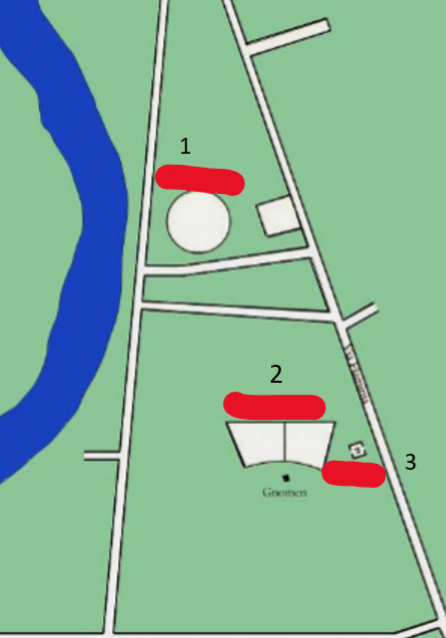
Mausoleum of Augustus
Horologium Augusti
Ara Pacis Augustae

Pont du Gard
Near Mines
15 BCE
Possibly most well preserved aqueducts
Combines a bridge and an aqueduct
Made of stone
Has stones coming out of the arch
These were there so wood beams could rest on them while construction of the arch was happening
Was 31 miles/ 50 km long
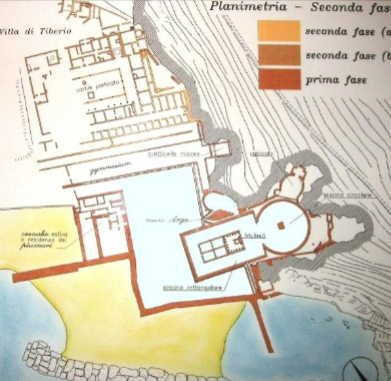
Grotto of Tiberius
at Sperlonga
early 1st century CE
Tiberius's villa in the country
Had entertainment area
Food, art, music, etc
Statues of the great stories
Ex) The Odyssey scenes
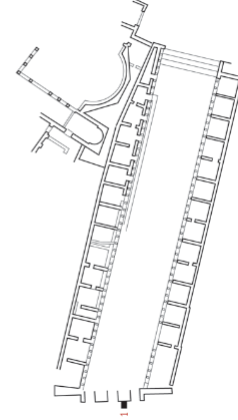
Sebasteion Aphrodisias
42-45 CE
Rome
Three-story spaces around the entrance with sculptures on display
Monumental entrance way
Entrance to Venus
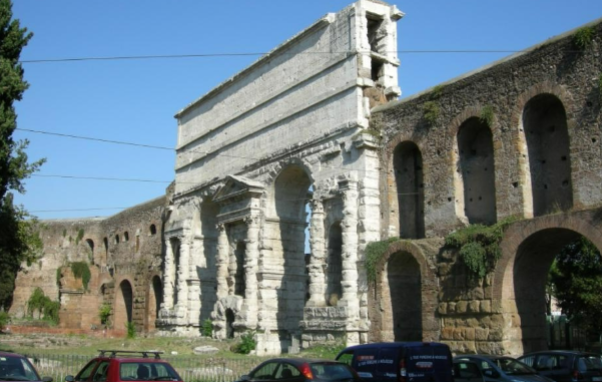
Porta Maggiore
completed 52 CE
Rome
Two different aqueducts met here and the porta is what supported them
Had rusticated masonry
Used regional limestone
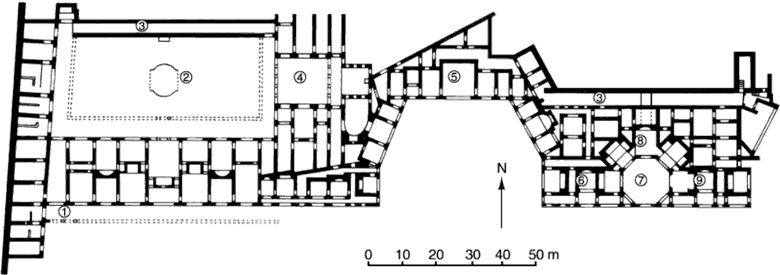
Domus Aurea
64-68 CE
Rome
Parts were covered in gold
moving away from right angles
Octagonal Room
artificial grotts
floor rotates due to wheels that are typically found on ships
ball bearings
water also helped it move